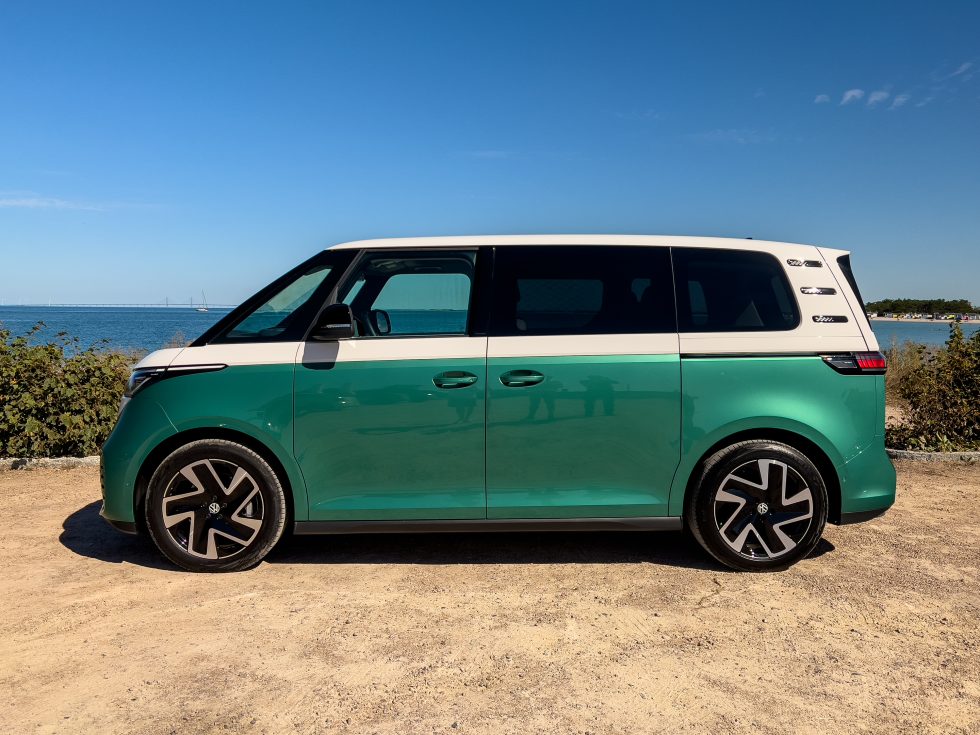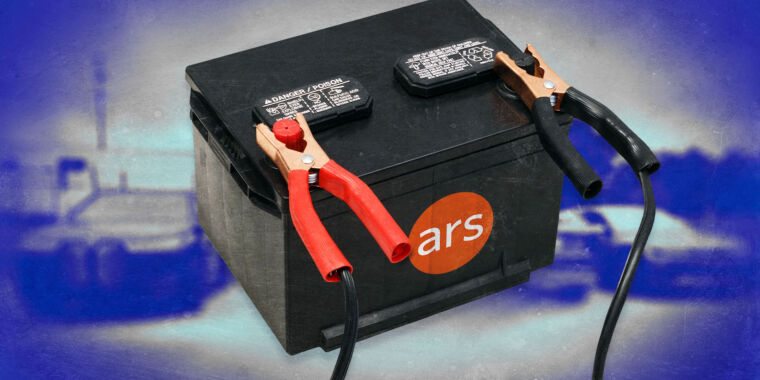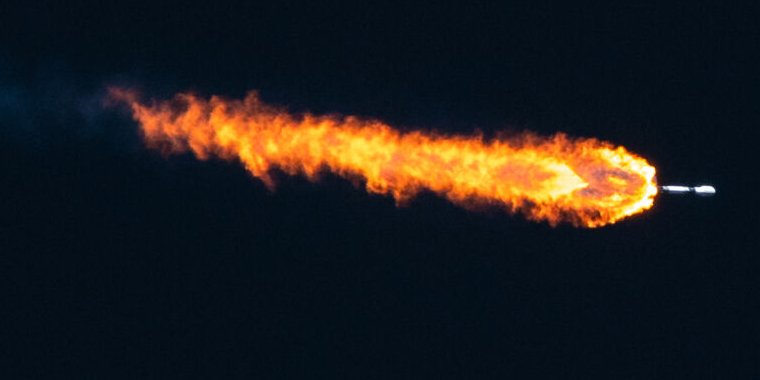
Aurich Lawson | Elle Cayabyab Gitlin | Getty Images
As 2022 draws to a conclusion and we anxiously await to see how much weirder things get in 2023, it’s natural to reflect on the year past. In addition to compiling a list of the 10 best cars, trucks, and SUVs we drove in 2022, I decided to also put together a roundup of our most-read automotive articles, plus a few of my particular favorites you might have missed.
The car buying process in the US is often an awful one, even more so since the pandemic and supply chain disruption resulted in reduced manufacturing capacity and exorbitant markups. It’s particularly acute if you’re looking for a new electric vehicle, many of which are far beyond affordability for many, especially after the loss of the $7,500 federal tax credit.
At least one automaker has had enough of indifferent dealerships and their bad behavior, and it was our most-read car story this year. In September, the Ford Motor Company told its dealers community that they had eight weeks to agree to new rules; the alternative being no more EVs to sell. Ford has restructured itself into new divisions—Ford Blue, which will make and sell fossil-powered vehicles, and Ford Model e, which is responsible for the battery powered stuff (there’s also Ford Pro, for commercial vehicles, some of which are EVs).
Ford CEO Jim Farley told dealerships that EV pricing has to be transparent, and that prices need to be posted online and cannot be suddenly changed when a customer is at dealership. Those locations also have to install at least one DC fast charger if they want to continue selling Ford Model e vehicles. The new rules go into effect in 2024.
Number two in the 2022 traffic charts concerns the topic of EV charger reliability, or rather the dreadful lack thereof. A lot of money is being spent to build out the infrastructure we need to support a transition from liquid hydrocarbon-based transportation system to one that just plugs into the grid. Some of that is for the lower-power AC chargers, but much of the investment is in high speed DC chargers that can return an EV’s battery to 80 percent in half an hour or less (depending on the specific EV).

Elle Cayabyab Gitlin
The only problem is that it’s common for EV drivers to reach a bank of chargers only to find that one or more—sometimes most—are out of commission and refuse to charge. What’s worse is that the process is so entirely opaque, with cryptic error messages that even automotive engineers aren’t able to decipher there and then. Just about every non-Tesla EV driver has a story, possibly more than one, about road trips gone awry due to broken chargers, and if we ever want EVs to gain mass market acceptance, that needs to change.
Our first new EV on the list is the Volkswagen’s eye-catching ID. Buzz. We had to wait until the 1980s for the minivan, but Volkswagen has been making van-like vehicles for decades, starting with the Type 2 Transporter in 1949.
Over time they got a bit bigger and definitely more angular, but air-cooled VW styling has many aficionados, and from 2001 the Germany automaker has teased us with concept after concept showing a modern version of the iconic VW. The most recent of those debuted in 2017 and caused such a stir that VW’s bean counters greenlit it for production, using the company’s new modular EV platform that also underpins cars like the VW ID.4 and Audi Q4 e-tron crossovers.
US sales of the ID. Buzz remain a couple of years away, as the longer wheelbase version with three rows of seats won’t go on sale here until 2024. But Europeans can now buy a short-wheelbase two-row version, and we tried out it earlier this summer. It’s been quite a hit over there despite a hefty price tag, and in September VW announced it was doubling production and aiming for a capacity of 100,000 vans a year by 2023.

Jonathan Gitlin








